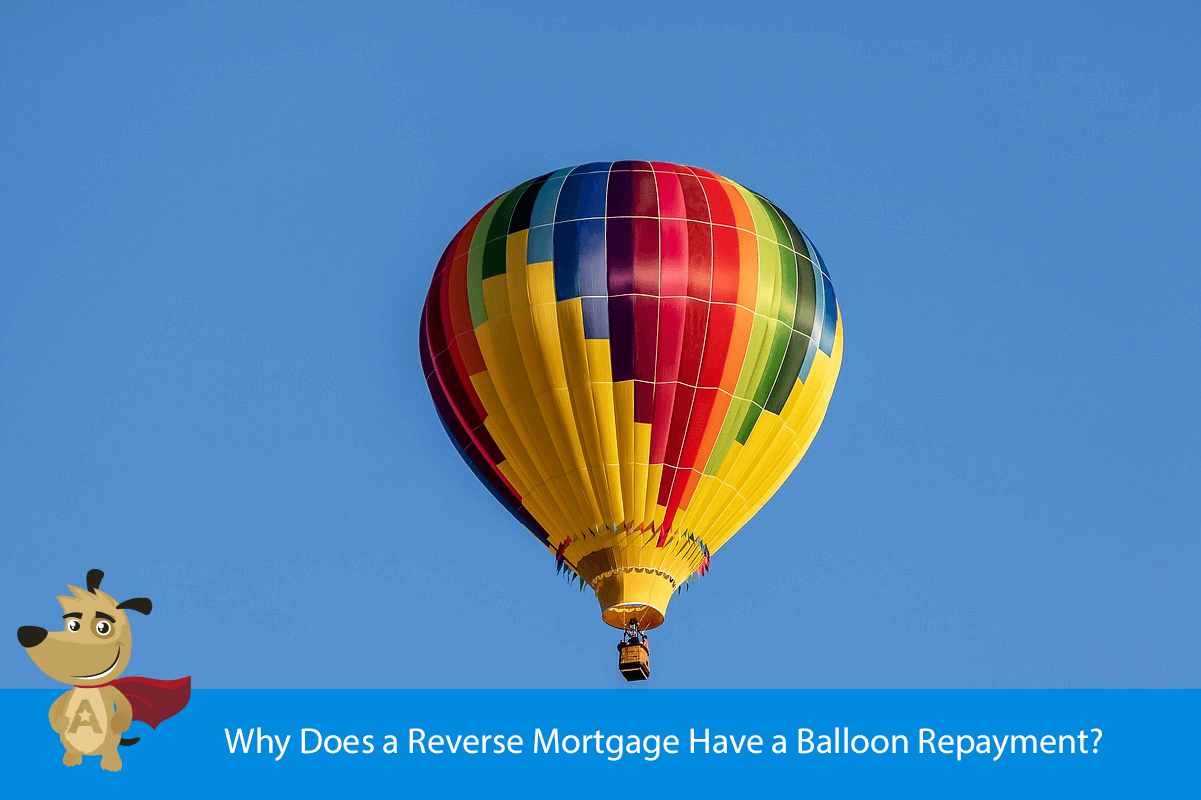
America’s #1 Rated Reverse Lender*

 |
ARLO™REVERSE MORTGAGE
ASSISTANT |
Why Does a Reverse Mortgage Have a Balloon Repayment?
 |
Michael G. Branson, CEO of All Reverse Mortgage, Inc., and moderator of ARLO™, has 45 years of experience in the mortgage banking industry. He has devoted the past 20 years to reverse mortgages exclusively. (License: NMLS# 14040) |
 |
All Reverse Mortgage's editing process includes rigorous fact-checking led by industry experts to ensure all content is accurate and current. This article has been reviewed, edited, and fact-checked by Cliff Auerswald, President and co-creator of ARLO™. (License: NMLS# 14041) |
With regard to balances going up and equity going down, this sounds like those nightmare balloon situations one hears of. Is the rate of interest fixed for the life of the loan, and is it possible to make payments against principle?
You packed a lot into a very short comment/question!
Any time a loan has a single repayment instead of requiring equal monthly payments over a period of time, it is considered a “balloon” payment. Not all balloons are equal though.
The reverse mortgage requires a single repayment when a qualifying event occurs. That qualifying event could be the death of all borrowers originally on the loan, none of the borrowers are still living in the home as their primary residence, the borrowers are not paying their taxes or insurance, the borrowers sell the property, or the borrowers are not maintaining the home.
However, unlike a traditional forward mortgage with a balloon payment, as long as you do continue to meet the conditions of the loan mentioned above, there is no set date when the balloon comes due which would force the borrowers to scramble to repay it.
The reverse mortgage is intended to be the last loan you will ever need, allowing you to live the rest of your life in your home with no monthly mortgage payment.
But you are correct, the equity does decrease while the debt increases as long as there are no periods of phenomenal appreciation and you are not making repayments on the loan.
The loans come with adjustable rate and fixed rate options. Borrowers can choose the program that best suits your needs but the fixed rate option requires that you take all the funds in the beginning while the adjustable rate gives you the additional options to keep the funds in a line of credit or take a monthly payment as well as take a lump sum, or a combination of any or all of the above.
With any of the programs you can repay any or all of the loan at any time without penalty. There is a difference though when making prepayments between the fixed rate and the adjustable rate loans.
The fixed rate reverse mortgage is a “closed-end” instrument that does not allow for further draws.
In other words, once you pay a portion of the loan down, you would not be able to re-borrow those funds later without doing a new loan. On the other hand, the adjustable rate line of credit would allow the borrower to make multiple draws up to the remaining limit at any time.
Borrowers should take all of this into consideration when determining which program best suits their needs.
Additional Help:
Reverse Mortgage Interest Repayments to Stop Negative Amortization

Have a Question About Reverse Mortgages?
Over 2000 of your questions answered by ARLO™
Ask your question now!

 Michael G. Branson
Michael G. Branson Cliff Auerswald
Cliff Auerswald


May 6th, 2019
May 6th, 2019
January 3rd, 2019
January 3rd, 2019